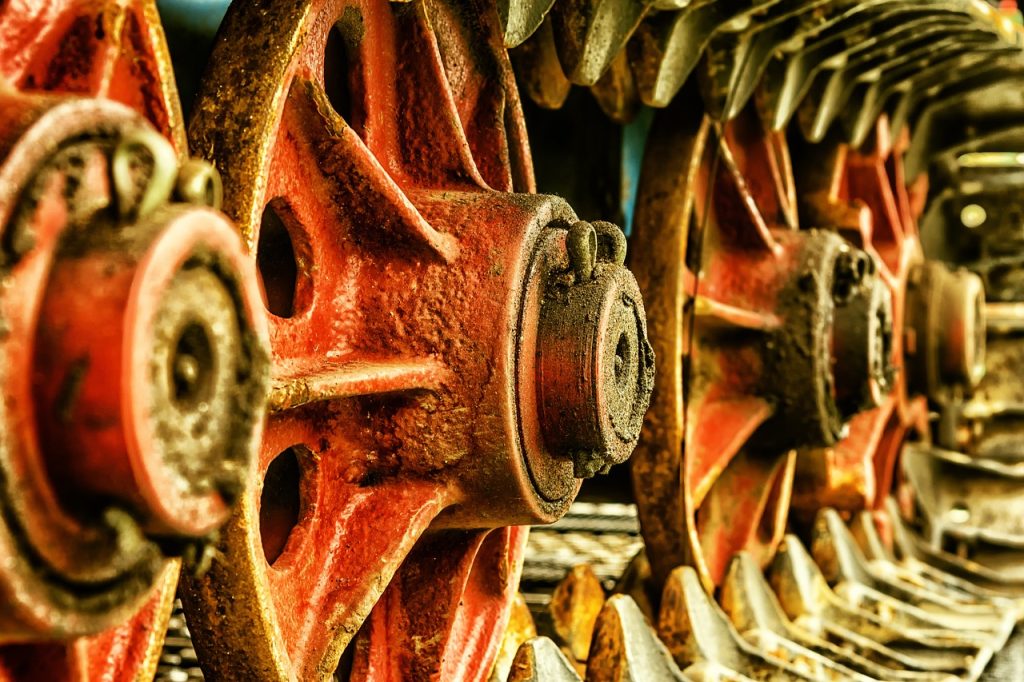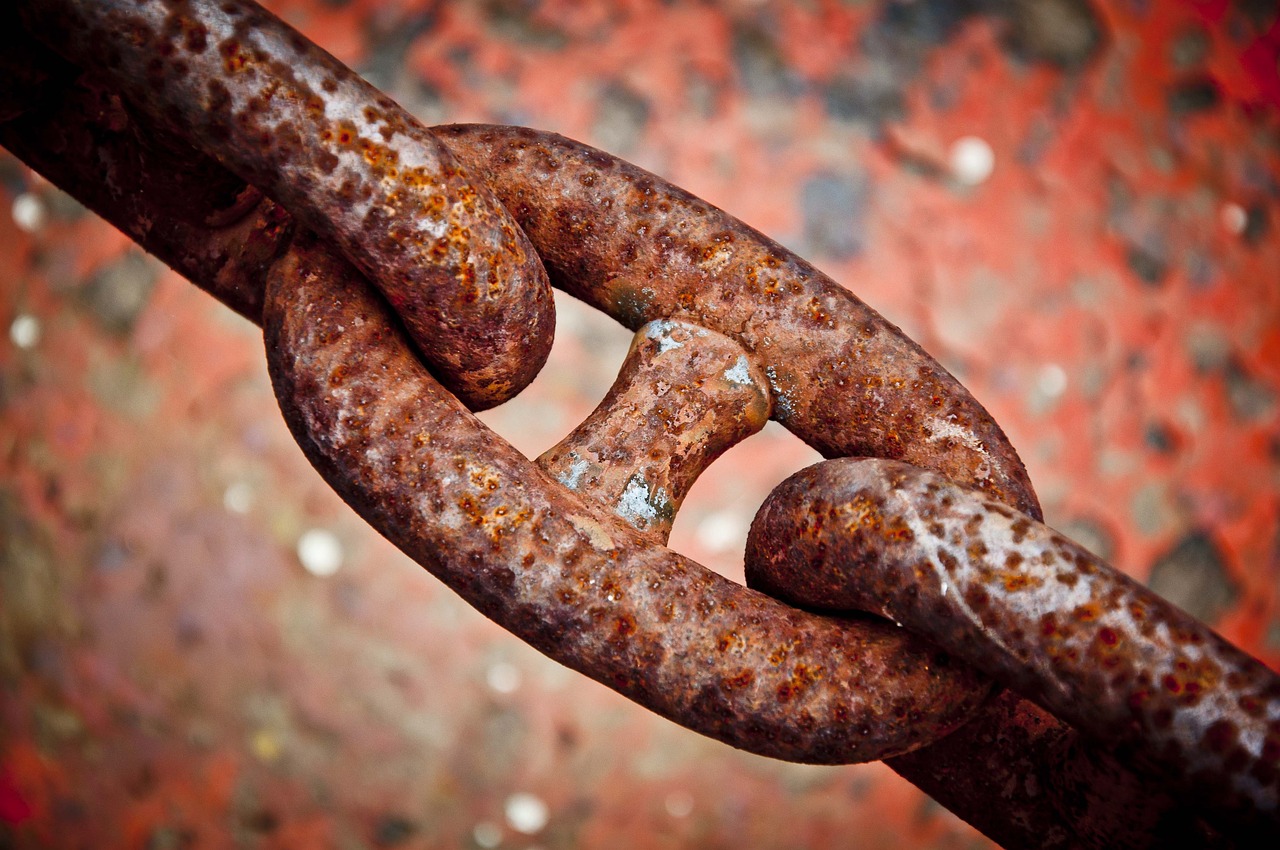Corrosion is a natural process that occurs when metal is exposed to environmental factors such as air, water, or chemicals. It can be a costly and dangerous problem, leading to structural failures, equipment malfunctions, and safety hazards. In this blog post, we will delve into the world of corrosion, discussing what it is, how it occurs, its various types, and most importantly, how to prevent it. Understanding the fundamentals of corrosion is crucial for anyone working in industries that rely on metal structures and equipment. By gaining insight into its causes and types, we can take proactive measures to protect against the destructive effects of corrosion. So, let’s explore the world of corrosion and arm ourselves with the knowledge needed to combat this pervasive threat.Learn about the causes, types, and prevention of corrosion in this comprehensive blog post. Understand and prevent corrosion on all surfaces.
Understanding Corrosion
Corrosion can be defined as the gradual destruction of materials, usually metals, by chemical and/or electrochemical reaction with their environment. This process occurs when metal atoms are released from the surface of a metal, eventually leading to the deterioration of the material. It is a natural process that can cause significant damage to structures and equipment, and it is important to understand the factors that contribute to corrosion in order to prevent it.
One of the primary factors that contribute to corrosion is the presence of moisture in the environment. When metal is exposed to moisture, it can undergo a series of chemical reactions that ultimately result in the breakdown of the material. Additionally, the presence of certain chemicals, such as acids and salts, can accelerate the corrosion process. Understanding the specific conditions that promote corrosion is crucial for implementing effective prevention strategies.
There are different types of corrosion, including uniform corrosion, localized corrosion, galvanic corrosion, and stress corrosion. Each type of corrosion has its own unique characteristics and mechanisms, and it is important to be able to identify and differentiate between them in order to determine the most appropriate prevention methods. By understanding the different types of corrosion, it is possible to tailor prevention strategies to the specific risks faced by a given material or structure.
Ultimately, the goal of understanding corrosion is to develop effective prevention methods that can mitigate the damaging effects of this natural process. This may involve the use of protective coatings, corrosion-resistant materials, or the implementation of environmental controls to minimize exposure to moisture and corrosive chemicals. By understanding the factors that contribute to corrosion and the different types of corrosion that can occur, it is possible to develop comprehensive prevention strategies that can help to extend the lifespan of materials and equipment.
Causes Of Corrosion
Corrosion is a natural process that occurs when metal is chemically attacked by its environment. There are several factors that can contribute to the causes of corrosion, including the presence of moisture, oxygen, and certain chemicals. One of the primary causes of corrosion is exposure to water or moisture, which can lead to the formation of rust on metal surfaces. Additionally, the presence of oxygen in the atmosphere can accelerate the corrosion process, particularly in the case of metals such as iron or steel.
Another significant cause of corrosion is the exposure of metal to certain chemicals or pollutants, which can increase the rate at which the metal deteriorates. For example, exposure to acids, salts, or other corrosive substances can result in the degradation of metal surfaces, leading to pitting and other forms of damage. In some cases, the presence of microorganisms such as bacteria or fungi can also contribute to corrosion, particularly in environments with high levels of humidity or moisture.
Corrosion can also be caused by a process known as galvanic corrosion, which occurs when two different metals are in contact with each other in the presence of an electrolyte, such as saltwater. This can result in the transfer of electrons between the two metals, leading to the deterioration of one or both of the metal surfaces. Additionally, mechanical factors such as friction, abrasion, or wear can also contribute to corrosion by removing protective coatings or exposing vulnerable areas of the metal to the elements.
Overall, the causes of corrosion are diverse and can be influenced by a wide range of environmental, chemical, and mechanical factors. By understanding these causes, it is possible to take proactive measures to prevent corrosion and protect metal surfaces from deterioration over time.
Types Of Corrosion
Corrosion is the process by which a material, usually a metal, is gradually destroyed by chemical reactions with its environment. This can happen in various ways, leading to different types of corrosion.
The first type of corrosion is called galvanic corrosion, which occurs when two different metals are in contact with each other in the presence of an electrolyte, such as saltwater. This can create an electrical potential that accelerates the corrosion of one of the metals.
Another common type is pitting corrosion, which is localized corrosion that creates pits or holes in the material. This type of corrosion is often more difficult to detect and can result in serious structural damage over time.
Crevice corrosion is a type of corrosion that occurs in crevices, such as gaps between two surfaces or under deposits of dirt or other material. The lack of access to oxygen in these areas can lead to localized corrosion and structural weakness.
Preventing Corrosion
Corrosion is a natural process that can deteriorate metal, leading to structural damage and potential safety hazards. The good news is that there are several ways to prevent corrosion and extend the life of metal structures and equipment.
One effective method of preventing corrosion is through the use of protective coatings. By applying a barrier between the metal and the surrounding environment, coatings can prevent moisture, oxygen, and other corrosive elements from reaching the metal surface.
Another way to prevent corrosion is by using cathodic protection, an electrochemical process that controls the corrosion of a metal surface by making it the cathode of an electrochemical cell. By introducing a sacrificial anode or impressed current system, the metal is protected from corrosion.
Regular maintenance and proper storage can also help prevent corrosion. Keeping metal surfaces clean and dry, repairing any damage, and storing equipment in a dry, controlled environment can all contribute to the prevention of corrosion.
Frequently Asked Questions
Corrosion is the process of deterioration of a material, usually a metal, as a result of chemical reactions with its environment.Corrosion occurs when the material reacts with substances in the environment such as oxygen, water, acids, or salts, leading to the formation of rust or other oxides.Types of corrosion include uniform corrosion, pitting corrosion, crevice corrosion, galvanic corrosion, and stress corrosion cracking.Causes of corrosion can include exposure to moisture, salt, acids, and other corrosive substances, as well as physical or mechanical factors.Corrosion can be prevented by using corrosion-resistant materials, applying protective coatings, using inhibitors, and controlling environmental factors.Understanding corrosion is important because it can help prevent material failure, increase the lifespan of structures and equipment, and save on maintenance costs.Common examples of corrosion include rust on iron or steel, tarnishing of silver, and degradation of aluminum exposed to the environment.



